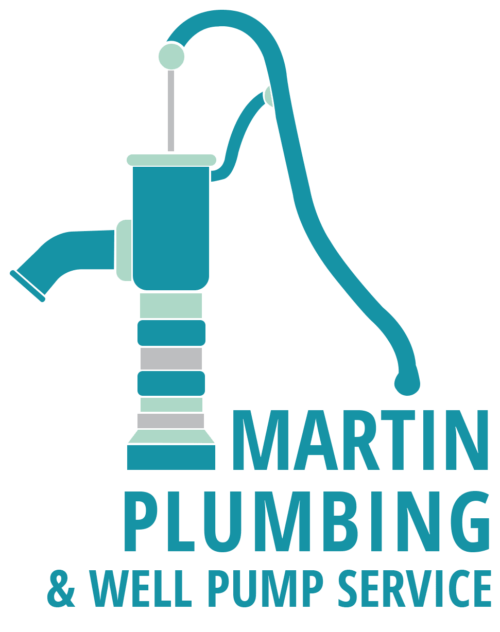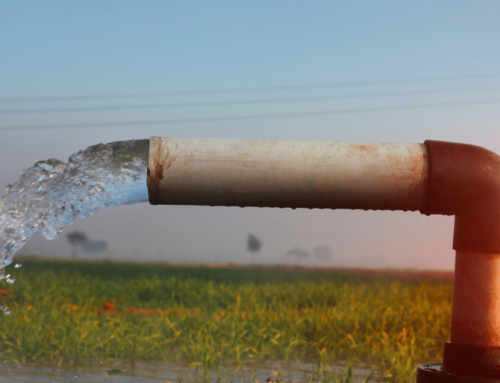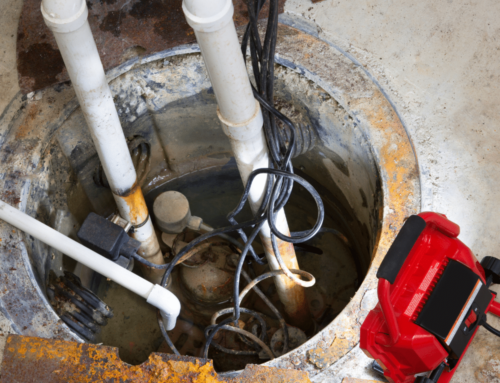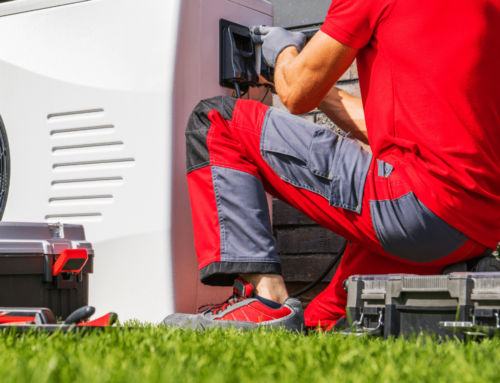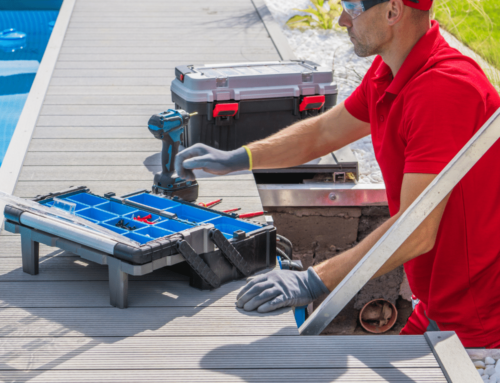
Winter Well Cleaning and Maintenance
Remove snow. Don’t let snow pile and melt around the well.
Monitor water quality. If you live near a roadway or parking lot that is regularly salted, keep an eye on your water quality after the snow melts.
Emergency power supply. Most wells need steady electrical power to run water to your home. Prepare for potential winter power outages by having a backup generator.
Prevent freezing. Water inside the well cannot freeze since it’s below the frost line, so only above-ground equipment and pipes are at risk. Make sure these parts stay insulated. During freezing weather, a continuous slow drip of warm water can help ensure pipes don’t freeze.
Defrost pipes. It’s important to thaw frozen pipes as soon as possible to prevent cracks. A frozen water supply pipe or above-ground well pump will cause a loss of water pressure. To find the freeze point, turn off the water supply to the house, follow the pipes from the faucet and look for frost-covered, cracked, or bulging pipes. Warm the pipe with a hairdryer, heat lamp, or heating pad.
Spring Well Cleaning and Maintenance
Whether you shut your well down over winter or kept it in use, do a visual inspection for any winter damage. Look out for:
- Cracks in the well casing
- Exposed wires
- Pipe fissures
- A tilted well cap (this can mean frost has pushed up the conduit and pinched the wires powering the pump).
Check and change water treatment filters. Check that your treatment filters are working properly according to their manuals. Replace filters if they have reached their lifetime use.
Flush and fill the system. If the system was drained and unused over winter, turn on the breaker and run every faucet in the home. Let the water run for at least five minutes to flush your plumbing and check for new leaks.
Test for bacteria and nitrates. Test and treat for any new microbes that might have grown over winter if the well was not in use. Spring is a great time for coliform testing during wetter months, before the weather gets too hot.
Avoid pooling. Prevent water from ponding around your well during heavy rains or flooding.
Gardening. Only plant low-maintenance greenery with short roots within 4 feet of the well. Don’t use any pesticides, herbicides, or fertilizers within 100 feet of the well. Avoid using mulch nearby or planting anything that can attract pests.
Schedule a well maintenance appointment. Have a licensed technician confirm that your well system is properly thawed and ready to use if it was shut off over the winter.
Summer Well Cleaning and Maintenance
Landscaping: Remove weeds and debris around the well. Take care not to damage your well head while mowing around your well.
Schedule a pumping/drawdown test. Well flow is best measured during dry periods of the year. Taking these measurements when water levels are low helps ensure you are using your well sustainably. A decrease in water production can be a sign that your well needs cleaning or that the aquifer is nearly depleted. Some states may require routine testing.
Returning to a summer home:
- Schedule an inspection.
- Flush and fill the system. Remove any stale water that has been sitting in the pipes and pressure tank by running all faucets for five minutes.
- Test for bacteria and nitrates. Keep a record of water test results so you can compare water quality from year to year. This is especially important if there is new construction or land use changes visible from your property.
- Check and change water treatment filters. Look for strange colors, buildup, or taste changes in your drinking water.
Leaving a summer home:
- Turn off the system. Close the main water valve in the home and turn off the electricity to the water pump. Check manuals for long-term inactivity recommendations for your other well equipment.
- Drain the plumbing. Fully drain pipes by opening all the valves.
- Winterize your well. If your house is in an area prone to freezing temperatures, keep pipes and above-ground pumps insulated. Drain your toilets and fill their tanks with non-toxic, plumbing antifreeze.
Autumn Well Cleaning and Maintenance
Protect your wellhead: Don’t let leaves or other debris pile up around the well.
Install and replace treatment filters. Get in the habit of installing new filters before the start of every fall season.
Winterize your well. To prep for winter, insulate pipes that run through non-heated space—like basements—using thermostatically controlled heat tape or insulation sleeves. Keep above-ground pumps inside an insulated housing. Turn off the system. If you won’t be using your well over the winter, shut down power to the well pump and close the main water valve.
Always Contact a Professional for Well Service
Most well owners fail miserably while trying to service their private water well. Well cleaning companies have proper equipment and skilled professionals who are highly experienced in this field. Therefore, you should always hire a professional for well service instead of trying to do it yourself.

SEND US A MESSAGE
Fill out the form below and we will get back to you as soon as possible.
If you require immediate assistance, we are available 24 hours a day, 7 days per week by calling us at (860) 377-0018.

